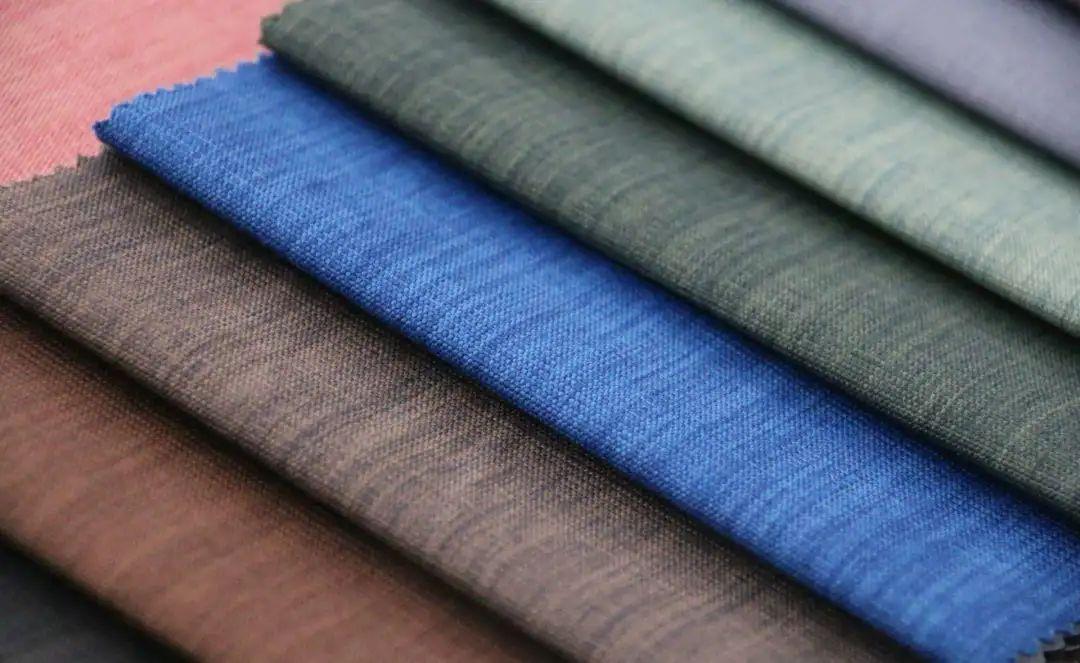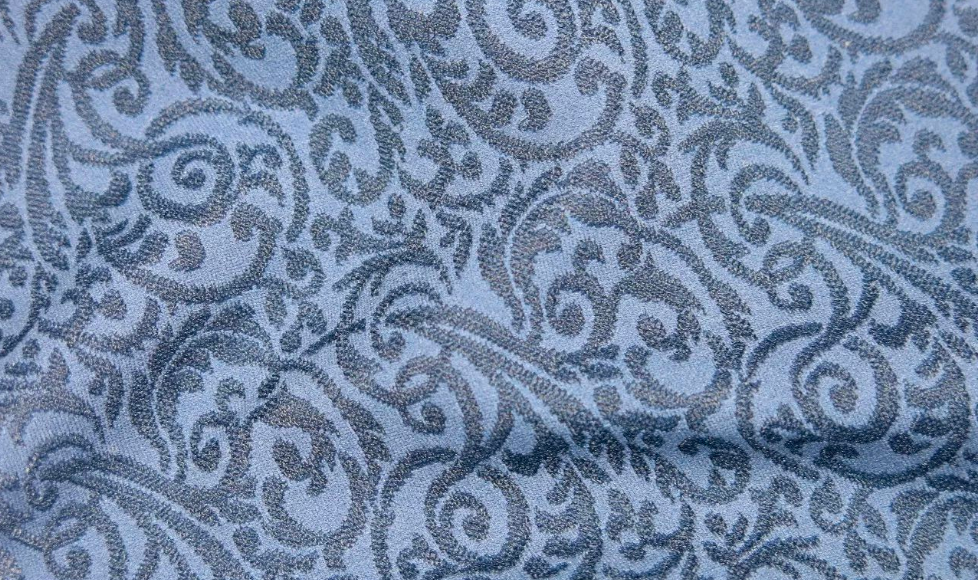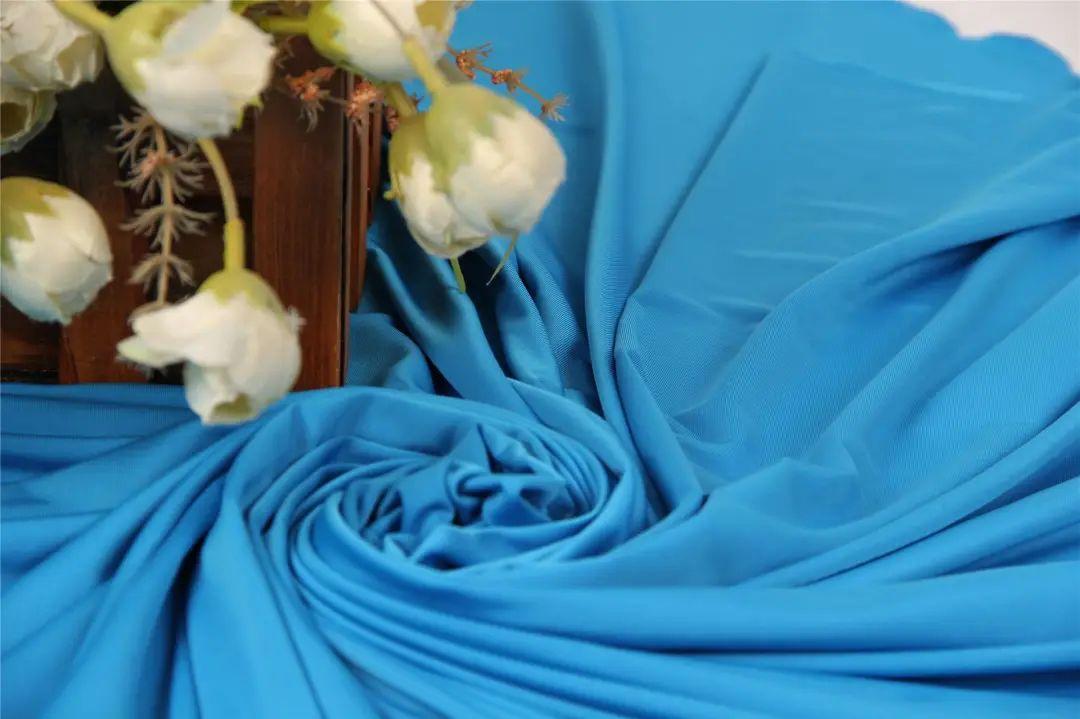Many people don’t know much about buying clothes. Most of them are about beautiful pictures, but in fact the fabric is also very important. Fabric is not only related to body feel, good fabric is actually more important than style. It can show a person’s taste.
So, how many good fabrics are there? Everyone must have summarized these when buying clothes. Fabrics are roughly divided into: natural fibers, regenerated cellulose fibers and synthetic fibers.
But in fact, each type is quite sophisticated.
Natural fibers include: cotton, linen, wool, and silk. These are the four traditional natural fibers, which belong to plant fibers and animal fibers respectively.
Plant fiber is composed of cellulose and lignin arranged in an arrangement. It is generally afraid of acid but not alkali. Use alkaline soap or neutral detergent when washing.

Animal fiber is mainly composed of protein and is easily denatured in acid and alkali environments. Therefore, animal fiber is not suitable for acid and alkali use. For detergent cleaning, it is best to dry clean or use neutral detergent, and bleach cannot be used.
Cellulose fabrics such as cotton, linen, and wool are hydrophilic, making them difficult to dye and process. During engineering, the shape is distorted due to tension, and swelling and shrinkage are likely to occur after cleaning.
Plant fibers include Cotton (CO), Jute, Flax/Linen, and Ramie Ramie, each has its pros and cons.
Animal fibers include wool fiber and silk (SE).

The second category is regenerated cellulose fiber. Regenerated cellulose fiber is made of natural cellulose as raw material and chemically processed. Made from recycled fiber.
In the U.S. FTC fiber classification, regenerated fiber molecules are used as raw materials, and the hydroxyl groups Those whose hydrogen content does not exceed 15% belong to Rayon.
Category 3 is synthetic Fibers; In synthetic fibers, there are many hydrophobic substances. Static electricity will be generated due to friction during wearing, and dust in the air will be attracted by static electricity, so they are susceptible to pollution.
Synthetic fibers generally include: nylon (Nylon), polyester (Terylene), acrylic ( jīng), vinylon, spandex, aramid and the like.

Based on the above, good fabrics must take into account comfort and texture. As for achieving these two goals at the same time, this It depends on the individual, but one of them can make a “thunder” in advance; “silk products” are the hardest hit area in fabric fraud. China supplies more than 70% of the world’s silk production, but there is a real possibility that you have never. I bought real silk.
So, it’s okay to buy other fabrics, but be extremely careful if you want to buy silk products .






